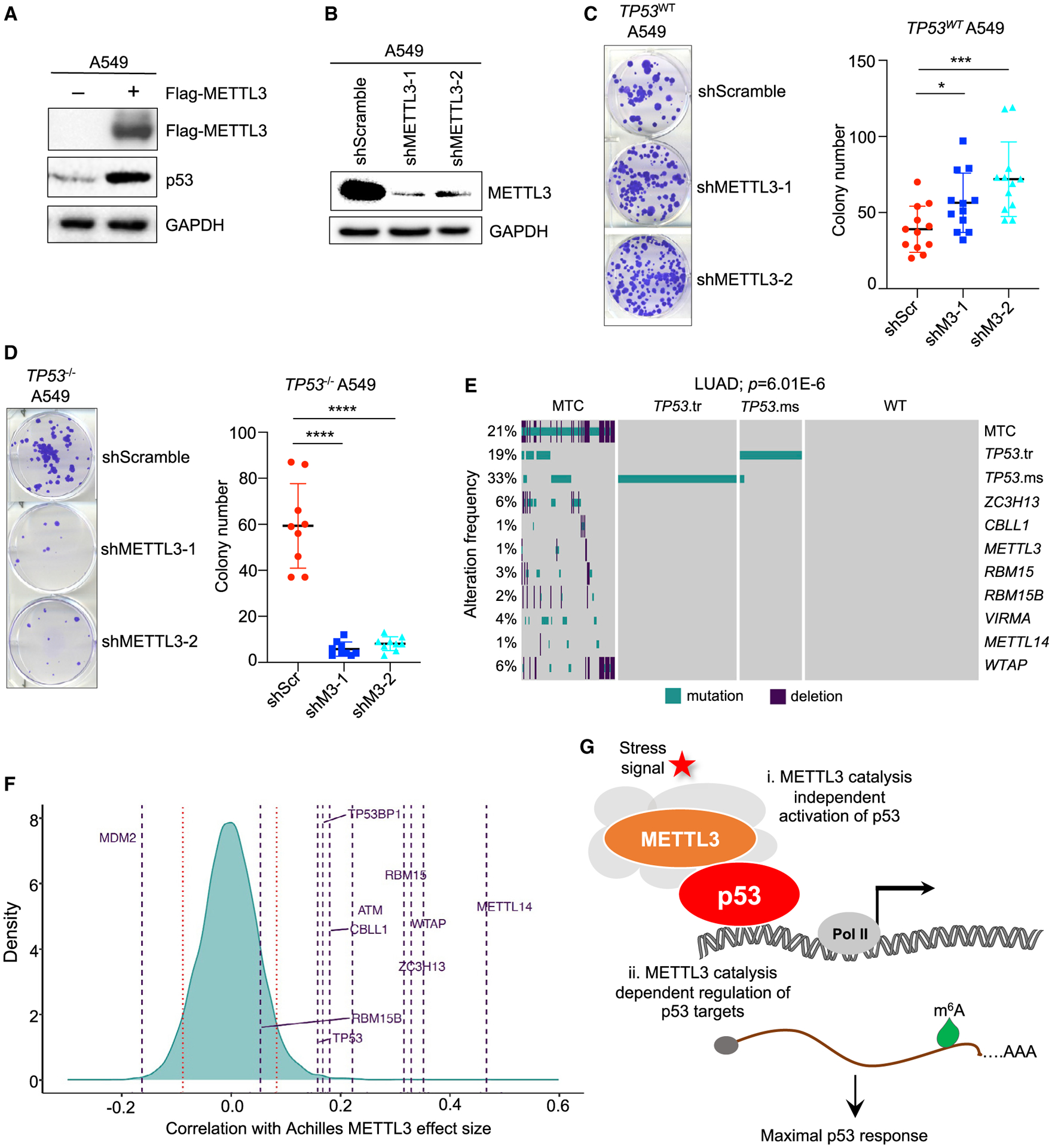Figure 7. METTL3 MTC and p53 operate in a common tumor-suppressive pathway in human cancers.

(A) Immunoblotting for endogenous p53 after FLAG-METTL3 plasmid transfection into A549 cells (n = 3).
(B) Immunoblotting for METTL3 in A549 cells transduced with either shScramble (control) or either of two shMETTL3 RNAs (n = 2). In (A) and (B), GAPDH serves as a loading control.
(C and D) Low-density plating assay to assess clonogenic potential of TP53WT (C) and TP53−/− A549 (D) cells transduced with lentiviruses expressing either shScramble or shMETTL3 RNAs. (Left) Representative crystal violet-stained colonies are shown. (Right) Average colony number (n = 3, with triplicate samples). Bar shows mean ± SEM. p values were determined by unpaired, two-tailed Student’s t test; *p < 0.05, ***p < 0.001, ****p < 0.0001.
(E) Oncoplot showing alteration frequencies of TP53 and METTL3 MTC components in human LUAD. TP53.tr refers to truncation mutations, while TP53.ms refers to missense mutations in TP53. p value shows significance of DISCOVER test unadjusted and adjusted for multiple testing.
(F) Density distribution of Pearson correlations between METTL3 Achilles scores. Horizontal lines represent genes of interest, including MTC components, TP53, and regulators of the p53 pathway. Red bars represent the 5th and 95th quantiles of the distribution.
(G) Proposed model of METTL3-MTC regulation of the p53 pathway to potentiate full p53 responses to stress signals. In response to stress signals, METTL3 as part of the MTC (gray shading), stabilizes p53 protein in an m6A catalysis-independent manner (i), and METTL3 regulates the expression of select p53 pathway transcripts by governing their m6A-modification (ii).
See also Figures S6 and S7.
